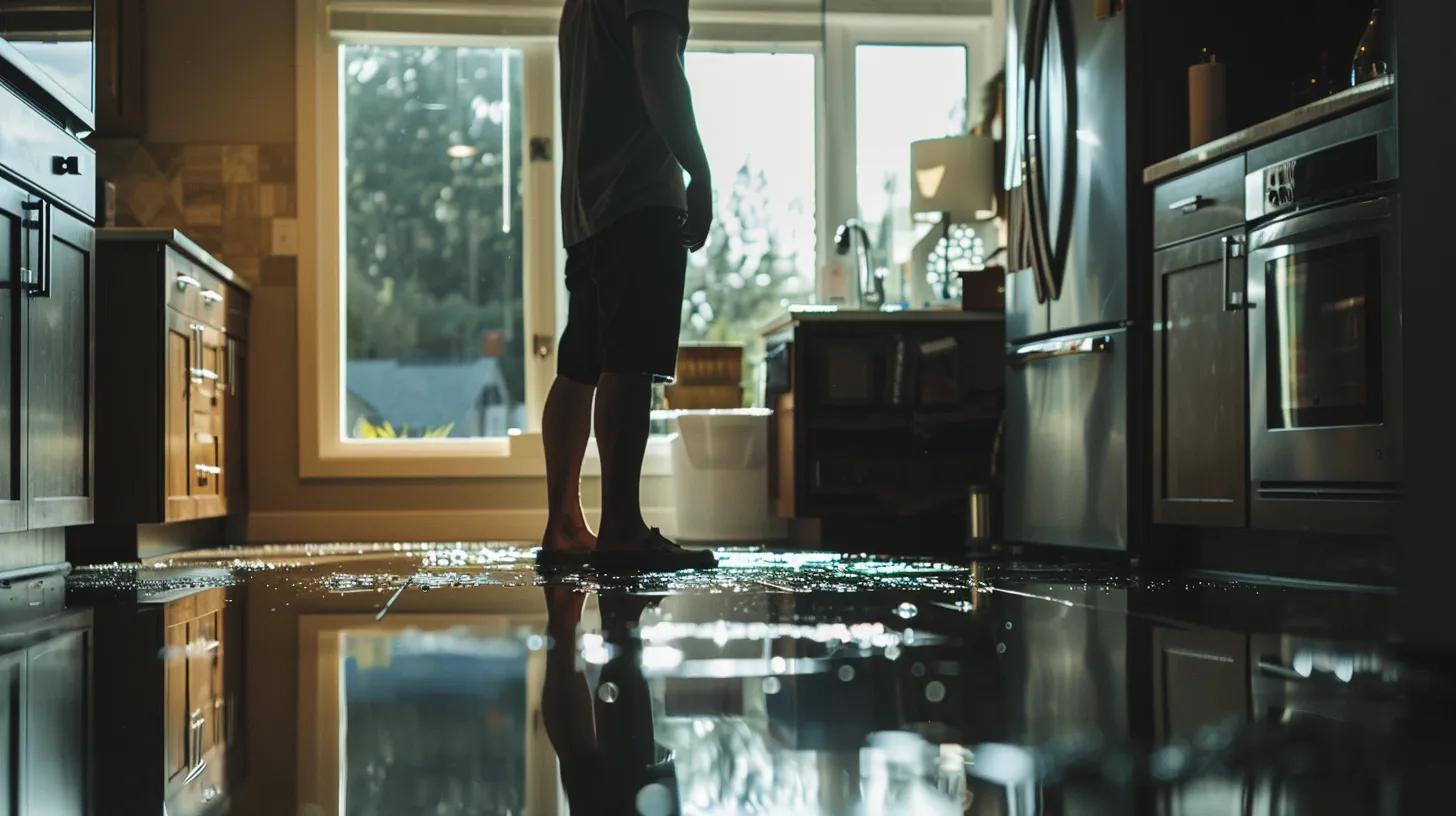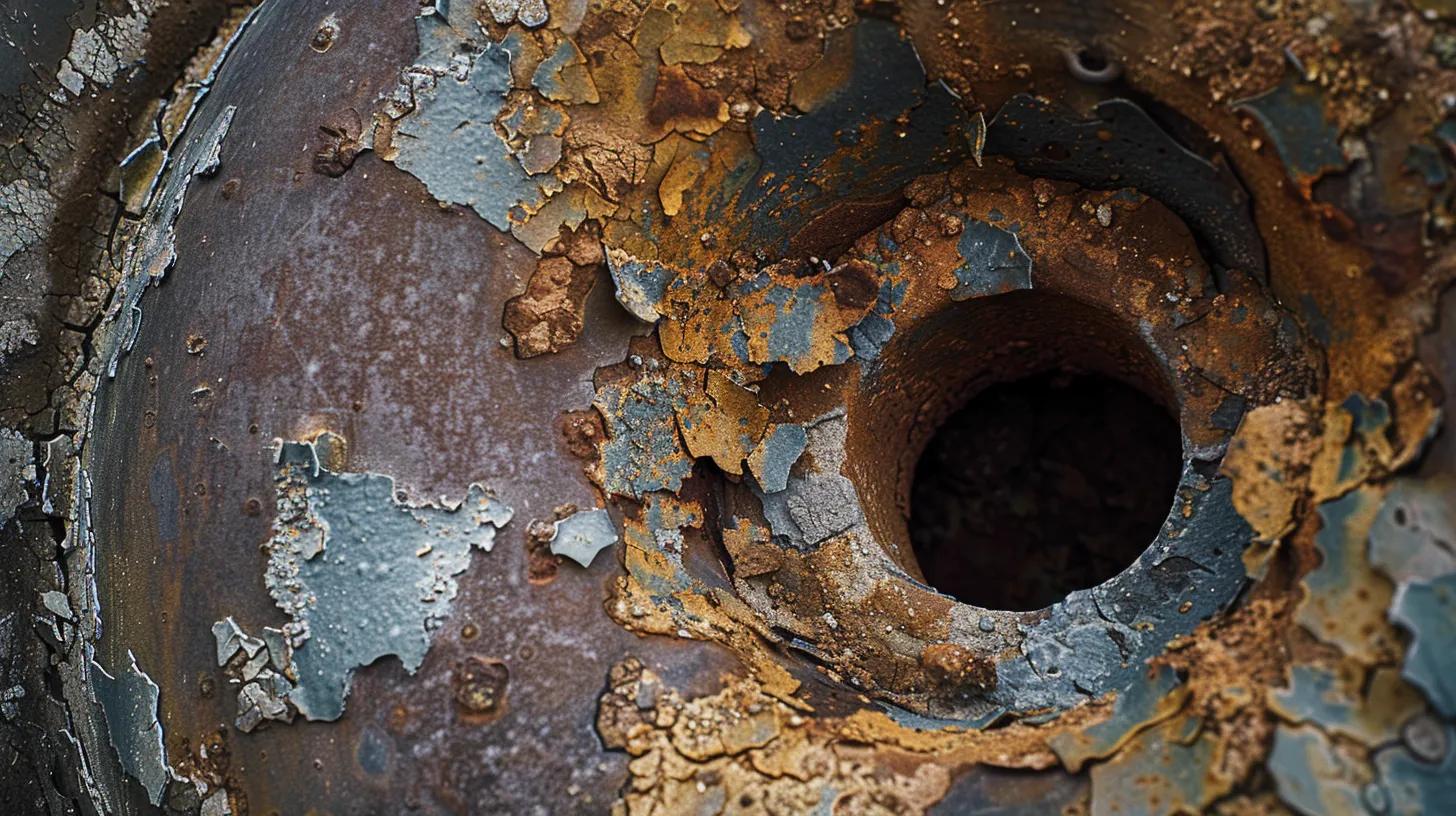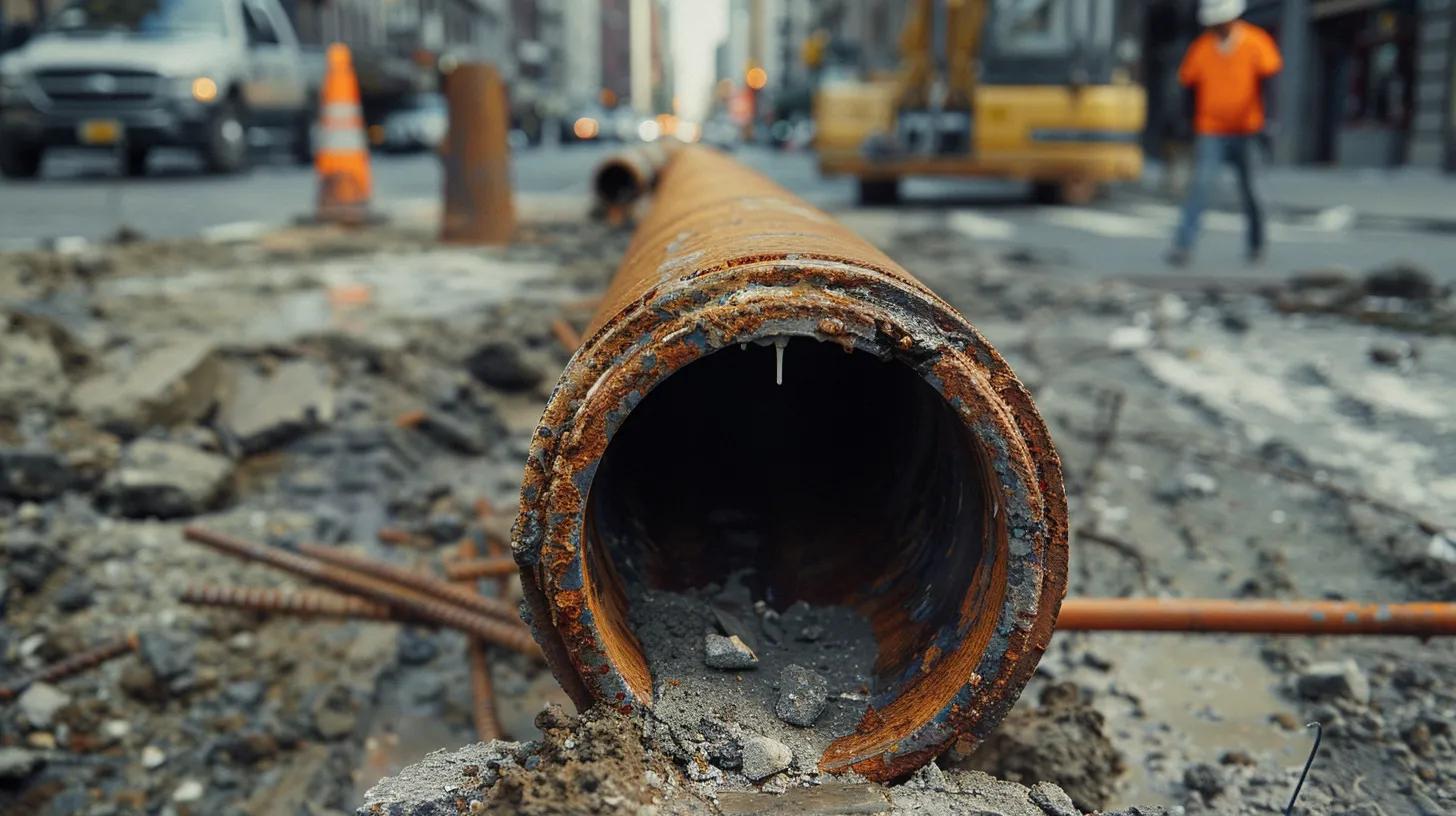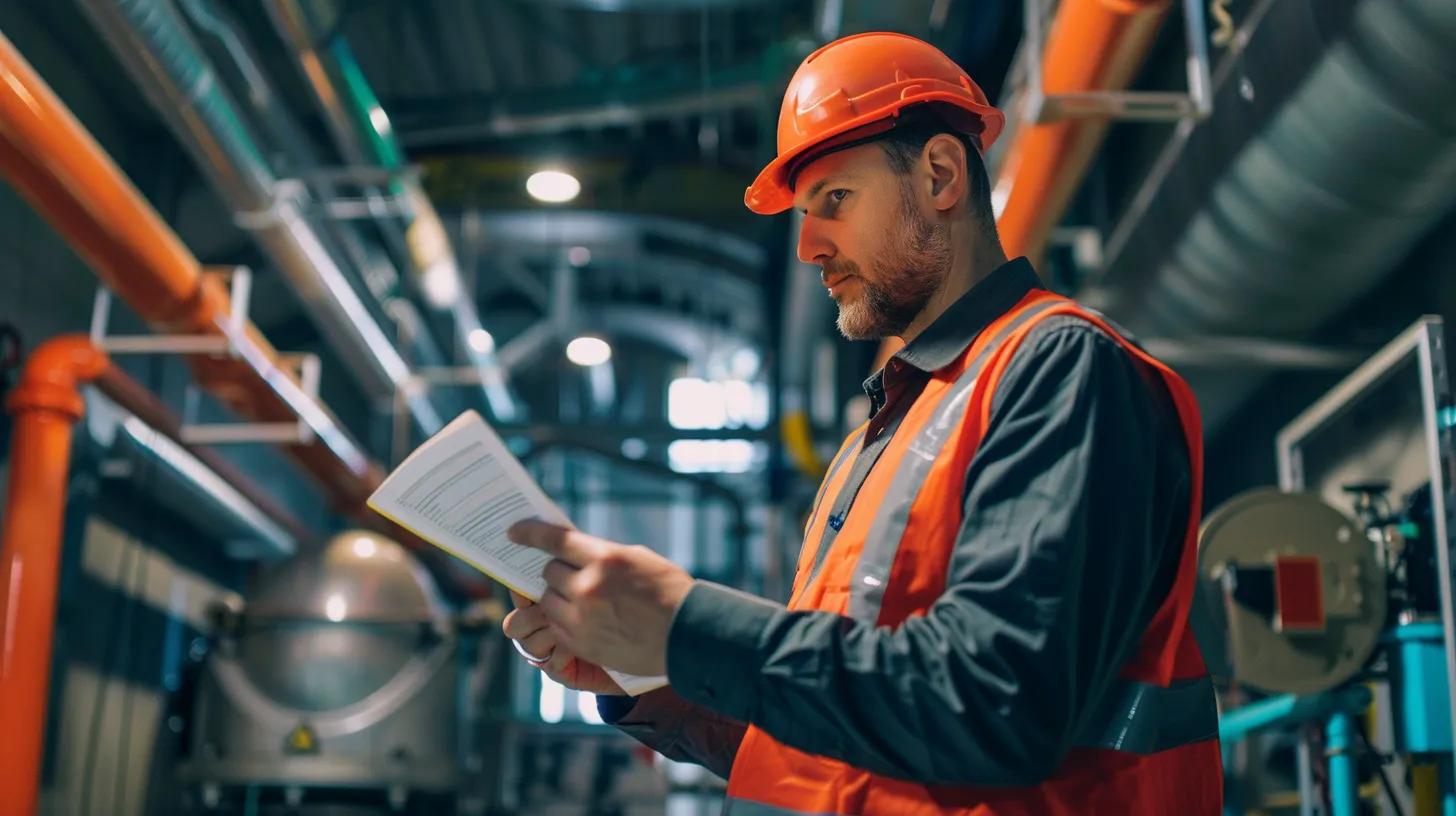
Key Signs Your Drain May Need Replacement in Tampa

7 Signs Your Drain Needs Replacement in Tampa: Essential Tips for Homeowners
Maintaining a properly functioning drain is essential for every Tampa homeowner. Over time, drains degrade due to age, material deterioration, soil conditions, and environmental factors. Recognizing early signs of drain failure can help prevent costly water damage and extensive repairs. This guide details when a drain replacement is necessary, supported by expert insights specific to the Tampa area.
What Are the Most Common Signs That Your Drain Needs Replacement in Tampa?
Homeowners should watch for changes in drain performance. Common warning signs are slow drainage, frequent clogs, and foul odors. Addressing these issues early can prevent further damage such as leaks or water backups that affect the entire plumbing system.
How Does Slow Drainage Indicate a Drain Replacement Is Needed?
Slow drainage is a clear indicator of potential drain failure. It often signals blockages, buildup, or internal corrosion that routine cleaning cannot resolve. In Tampa, sandy soils and a high water table accelerate pipe degradation, making repair costs eventually exceed those for a full drain replacement.
Why Do Frequent Clogs Signal Drain Damage?
Recurring clogs suggest that debris, grease, and waste are overwhelming the drain’s capacity. This constant buildup may cause cracks or fractures and compromise wastewater flow. In Tampa, tree roots can infiltrate pipes, worsening these clogs and necessitating a complete replacement instead of simple repairs.
Can Foul Odors Reveal Hidden Drain Problems?
Unpleasant odors from drains indicate that sewer gases are escaping through cracks or breaks. In Tampa’s humid climate, microbial activity intensifies these smells. Persistent foul odors not only affect indoor air quality but also signal structural damage that may require drain replacement to prevent exposure to hazardous sewer gases.
How Can Visible Damage Help Identify When to Replace Your Drain?

Visible damage, such as cracks, rust, and signs of corrosion, is a strong indicator that a drain is failing. Physical evidence like these issues confirms that the system’s structural integrity is compromised and replacement is likely necessary before further damage occurs.
What Types of Cracks and Corrosion Should Tampa Homeowners Look For?
Be alert for small cracks that expand under water pressure and signs of corrosion, especially on older cast iron pipes. Rust-colored stains or flaking material indicate that protective coatings have failed, exposing the pipe to accelerated degradation and the need for replacement.
How Does Root Intrusion Affect Drain Integrity?
Tree roots seek moisture and can infiltrate pipes, narrowing the passage for water. This intrusion causes slow drainage and frequent clogs while exerting pressure that leads to cracks or breaks. In Tampa, root intrusion is a common problem that often forces homeowners to opt for a complete drain replacement.
When Should You Consider Drain Replacement Due to Water Backup Issues?
Water backup in a drain is an alarming sign of failure. Instead of flowing freely, water pools or reverses its direction, posing risks of water damage, mold growth, and structural issues. Persistent backups indicate that the drain cannot effectively manage wastewater, and replacement is likely the only long-term solution.
What Causes Frequent Water Backups in Tampa Drains?
Frequent backups are usually the result of clogs, excessive waste buildup, or physical blockages from root intrusion. Aging drains in Tampa can also suffer from temperature and soil-induced degradation, which impairs water flow and leads to water pooling.
How Does Standing Water Around Drains Indicate Replacement Needs?
Standing water near drains suggests that the system is failing to channel wastewater away from the property. In Tampa’s wet climate, continuous water accumulation can further damage the foundation and encourage mold growth, making replacement necessary when cleaning fails to resolve the issue.
How Do Age and Material of Your Drain Influence Replacement Timing?

The age and material of a drain greatly affect its durability. Older drains made from cast iron or clay are prone to corrosion, root intrusion, and other forms of wear. Understanding the lifespan of different materials helps homeowners plan for timely replacements and avoid unexpected emergencies.
What Are the Typical Lifespans of Common Drain Materials in Tampa Homes?
Cast iron drains can last from 50 to 75 years but deteriorate rapidly once corrosion starts. PVC drains, while more resistant to corrosion, typically last 25 to 40 years under moderate conditions. Clay pipes, although durable in ideal environments, are vulnerable to cracking and root intrusion in Tampa’s aggressive soil conditions.
How Does Tampa’s Soil and Climate Affect Drain Durability?
Tampa’s soil, which may contain corrosive elements, combined with humid subtropical weather, accelerates the degradation of drainage materials. Frequent temperature changes and high moisture levels contribute to increased wear, meaning even relatively new drains might need replacement sooner than expected.
What Are the Essential Tips for Tampa Homeowners to Maintain Drains and Prevent Replacement?
Regular maintenance can delay the need for a full drain replacement. Homeowners should perform routine inspections and cleanings while combining DIY efforts with professional services to keep drains in good condition.
How Often Should You Schedule Professional Drain Inspections in Tampa?
It is advisable to have professional drainage inspections at least once a year. In areas prone to heavy root intrusion or severe soil conditions, biannual inspections may help detect early signs of damage and prevent unexpected failures.
What DIY Drain Care Practices Can Delay Replacement?
Simple maintenance steps—such as flushing drains with boiling water or an eco-friendly cleaner, using drain covers, and regularly checking for slow drainage or odors—can postpone the need for replacement. Combining these practices with periodic professional assessments is key to prolonging drain life.
How Can Professional Drain Assessment Help Confirm the Need for Replacement?

A professional drain assessment uses advanced tools to inspect the internal condition of your drainage system. Technicians can detect issues such as deep blockages, corrosion, or structural damage that are not visible during routine cleaning, ensuring that homeowners invest in replacement only when necessary.
What Does a Tampa Plumbing Expert Look for During Drain Inspections?
Experts use high-resolution cameras to detect internal defects including cracks, corrosion, and blockages. They review the system’s overall flow and check for root intrusion, providing homeowners with a detailed report to inform their decision on repair or replacement.
How Transparent Pricing and Reliable Service Benefit Tampa Homeowners?
Reliable service with transparent pricing helps homeowners budget for replacements without hidden costs. Professional assessments not only build trust but also ensure that replacement, when needed, is a long-term and cost-effective solution, improving overall home safety and efficiency.
What Are the Benefits of Timely Drain Replacement for Tampa Homeowners?
Replacing a failing drain sooner rather than later can prevent further damage, reduce emergency repair costs, and enhance home safety. Timely upgrades improve drainage efficiency and can lead to significant long-term savings.
How Does Replacing Your Drain Prevent Costly Water Damage?
By eliminating persistent leaks and clogs, a new drain system prevents water from pooling around your foundation, thus reducing the risk of rot, mold, and structural damage. This proactive approach helps lower maintenance costs and preserves your home’s value.
What Long-Term Savings Come From Upgrading Old Drains?
Modern, corrosion-resistant drain systems are designed to handle Tampa’s challenging conditions better than older systems. Upgrading reduces the frequency of repairs, improves system performance, and leads to lower utility bills through more efficient water management, resulting in substantial long-term savings.
Final Thoughts
Timely drain replacement in Tampa is an investment in the safety and longevity of your home. Recognizing early warning signs such as slow drainage, frequent clogs, and foul odors can help avoid future water damage and costly repairs. With regular DIY maintenance and professional inspections, homeowners can ensure their drainage systems operate efficiently for years to come, ultimately enhancing property value and providing peace of mind.
Frequently Asked Questions
Q: How can slow drainage indicate a need for drain replacement? A: Slow drainage suggests that internal blockages or corrosion are restricting water flow, which can lead to complete drain failure and necessitate replacement.
Q: What visible signs should I look for to determine if my drain is failing? A: Visible cracks, corrosion, and root intrusion are key signs that the drain’s integrity is compromised and that replacement may be necessary.
Q: How often should Tampa homeowners schedule professional drain inspections? A: A professional inspection should be scheduled at least once a year or every six months in areas with severe root intrusion or challenging soil conditions.
Q: What benefits do I gain from replacing a failing drain promptly? A: Timely replacement prevents water damage, reduces long-term repair costs, and improves system efficiency, protecting your home’s structural integrity.
Q: Can regular DIY maintenance delay the need for a new drain? A: Yes, regular cleaning and the use of drain covers can help prevent clogs and slow deterioration, though eventually, professional assessment and replacement may still be necessary.

